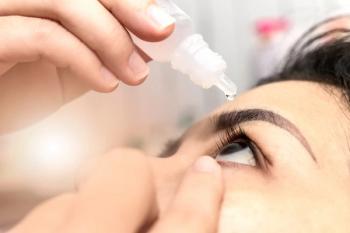
Cell transplant enables blind mice to see
With hopes for helping humans to see, researchers announced promising results after transplanting photoreceptor precursor cells into mouse retinas.
Oxford, UK-A technique that may help restore vision in blind people was researched in a study using that stalwart lab assistant, the mouse. Once-blind mice can now see after receiving a retinal injection of light-sensitive cells-an approach that could one day help humans with disabling eye diseases.
“If we transplant cells in large enough numbers at the same developmental stage, these cells are able to interact with themselves and with the retinal environment to re-form the light-sensing layer,” said Robert MacLaren, the study’s lead author, and a professor of ophthalmology at the University of Oxford. MacLaren said that cells are transplanted through a very fine needle, describing how hundreds of thousands of cells are suspended in liquid between the two planes of the retina.
Using a mouse model of retinal degeneration, MacLaren and colleagues tested the effects of transplanted photoreceptor precursor cells-an intermediate between stem cells and the light-sensing cells of the adult eye. After 2 weeks, the transplanted cells had replaced the retina’s light-detecting layer, complete with connections to the optic nerve. A pupil constriction test found that 10 of the 12 mice showed an improved response to light, suggesting the once-blind mice could actually see-a finding bolstered by behavioral tests in which the mice, which are nocturnal, ran away from light. Before the transplant, they stayed put.
“Once we can address the safety issues, we can start clinical trials in patients,” MacLaren said. “If we can get to that stage, there is every potential that patients that are completely clinically blind will be able to see again.”
Newsletter
Want more insights like this? Subscribe to Optometry Times and get clinical pearls and practice tips delivered straight to your inbox.
















































.png)


